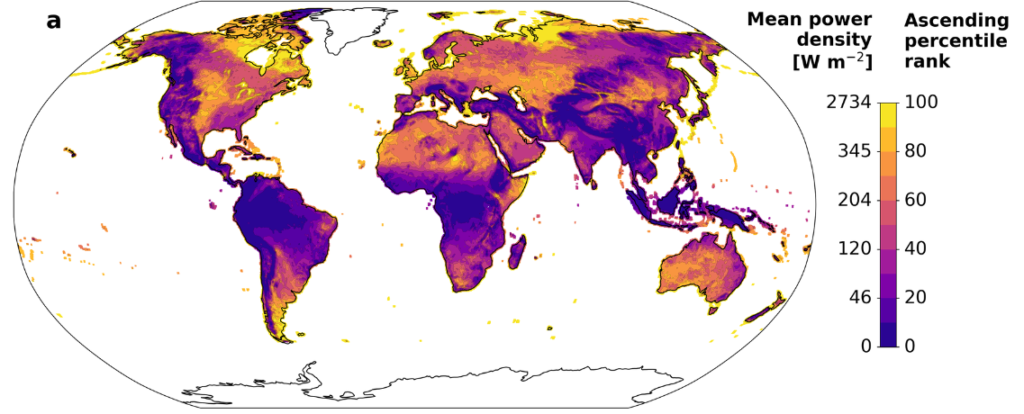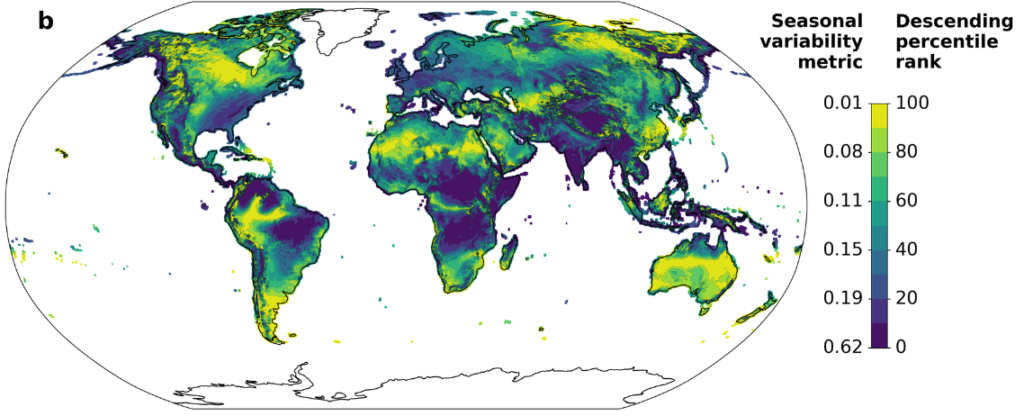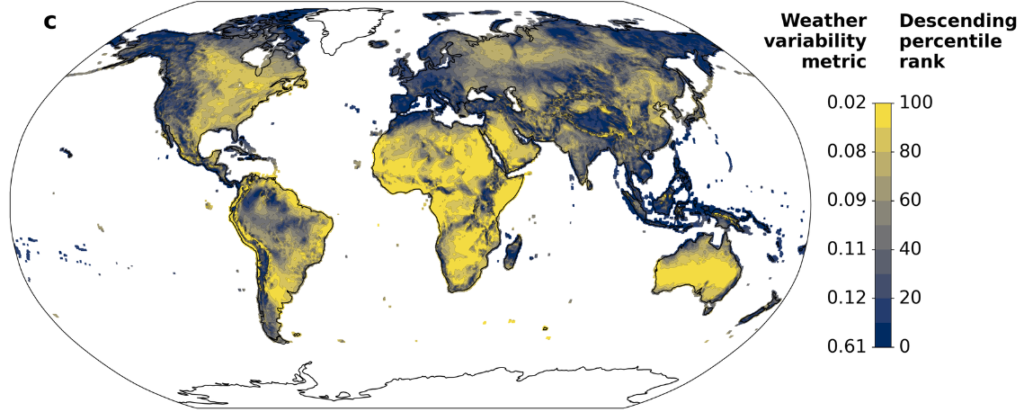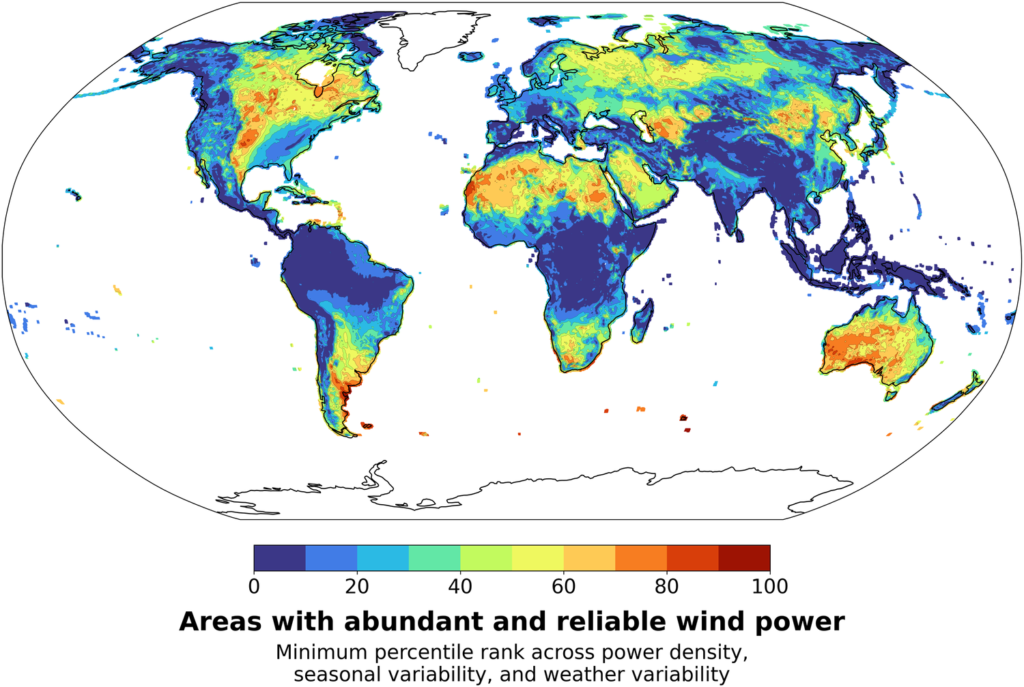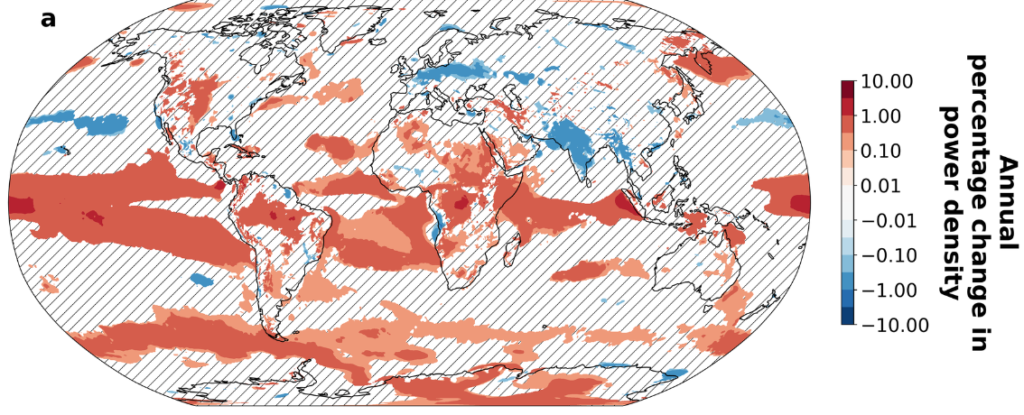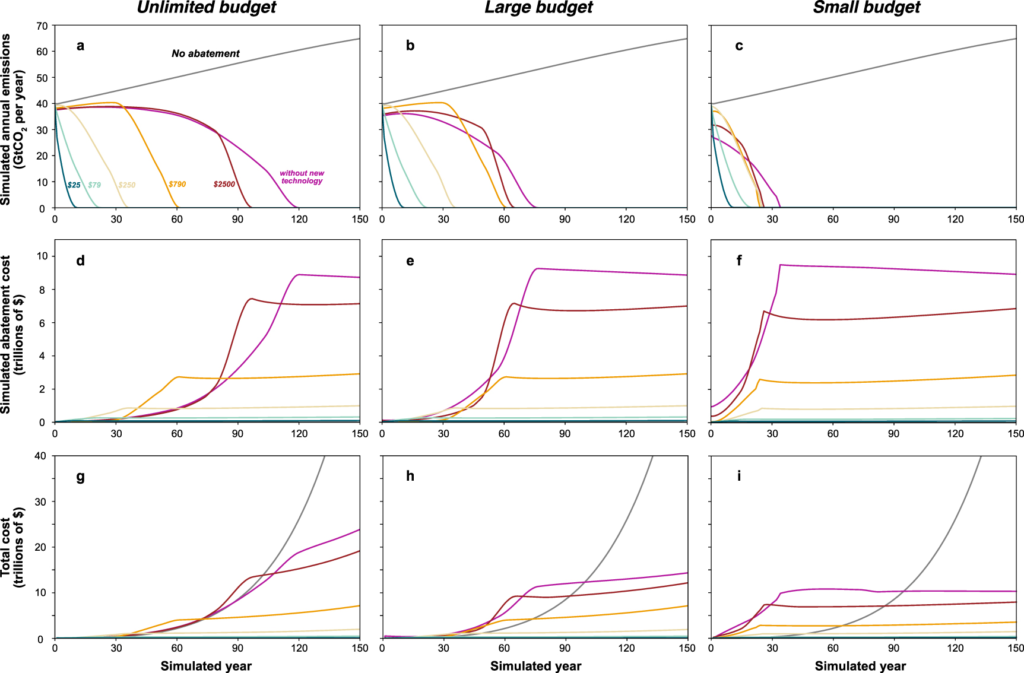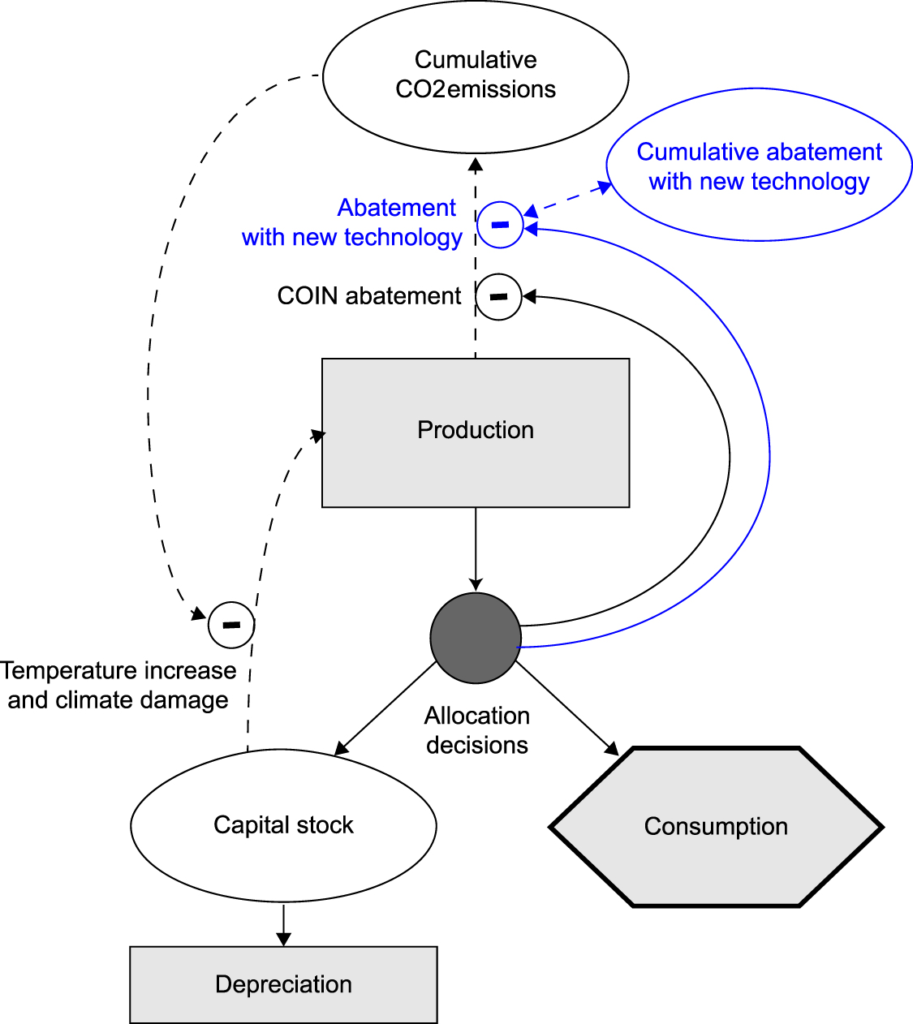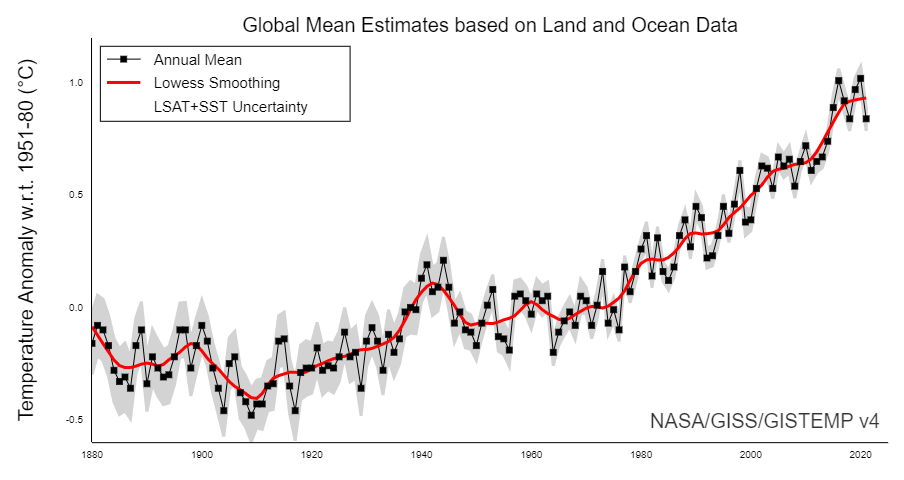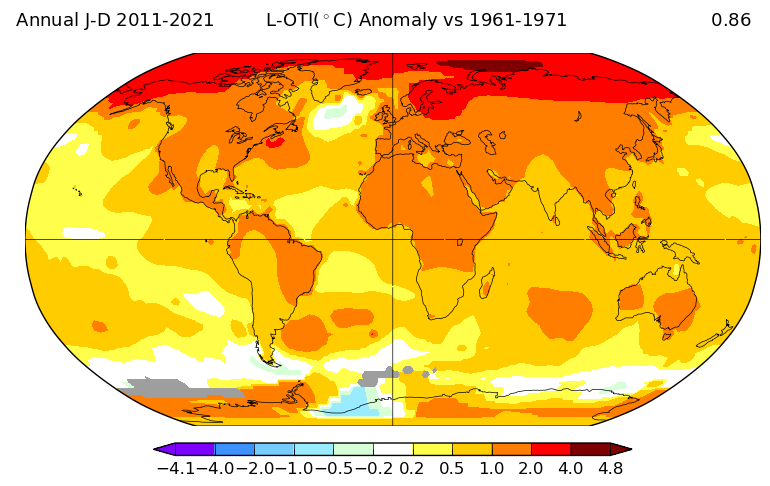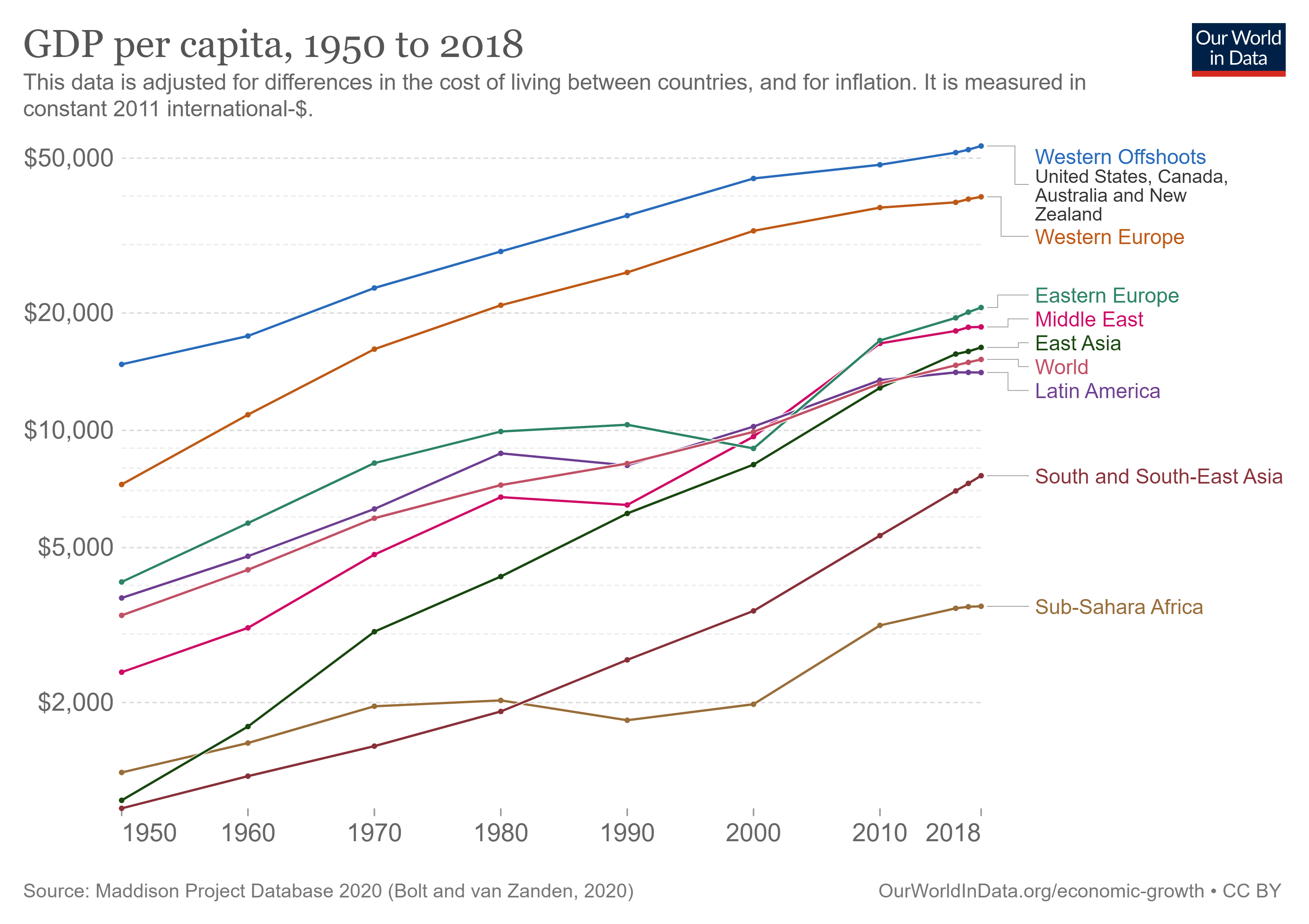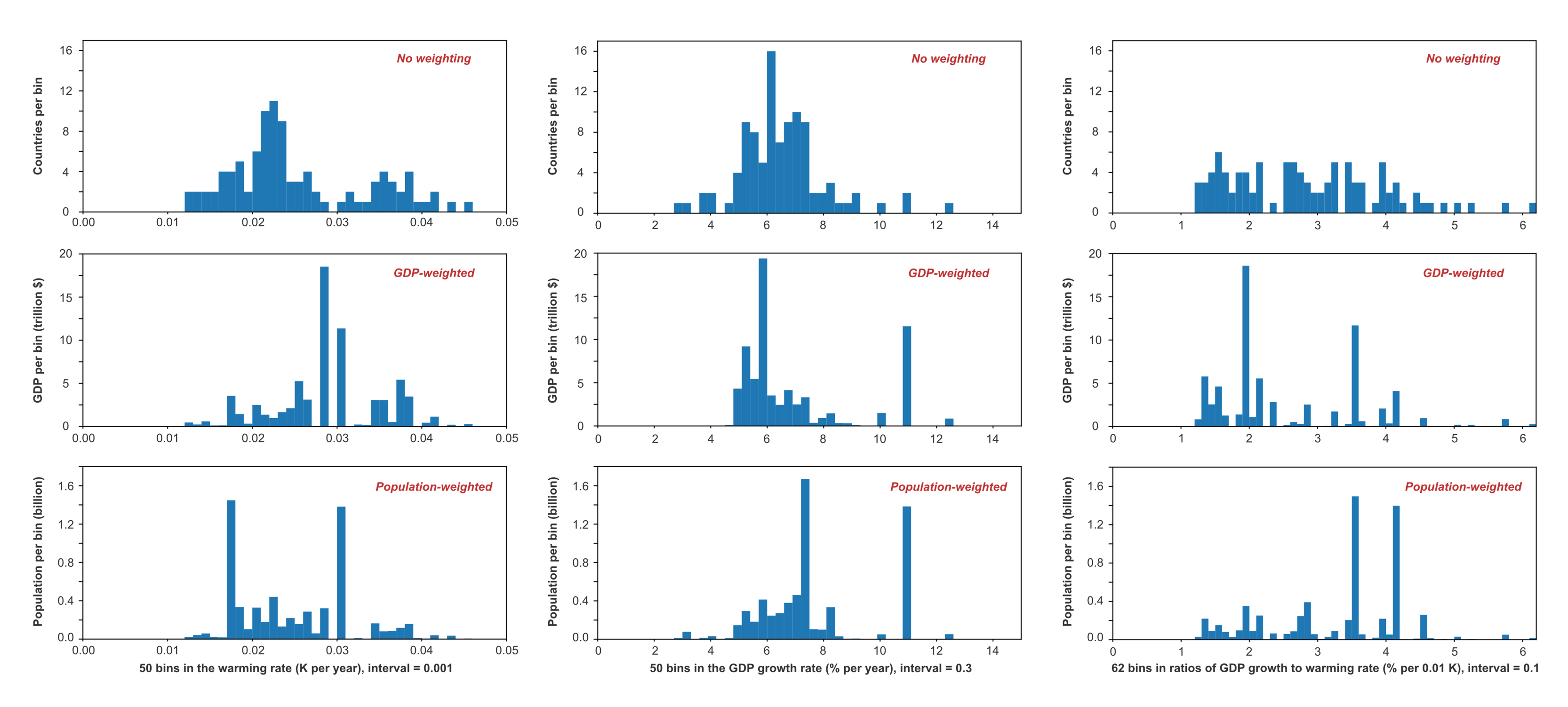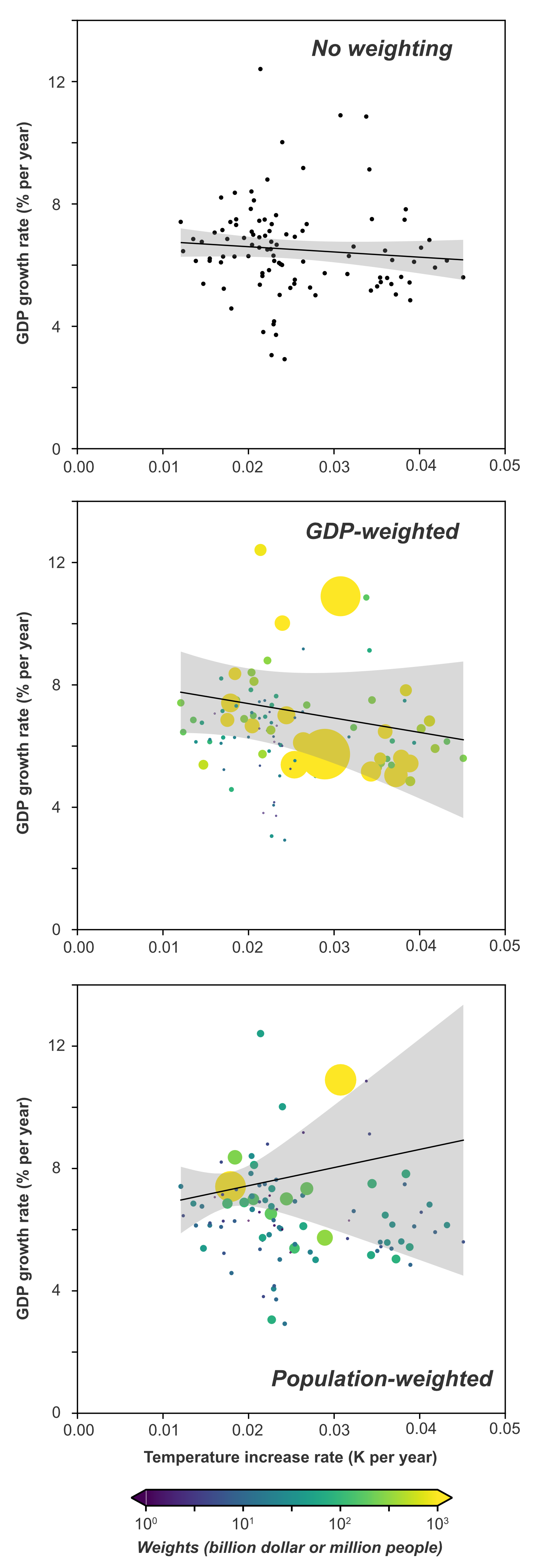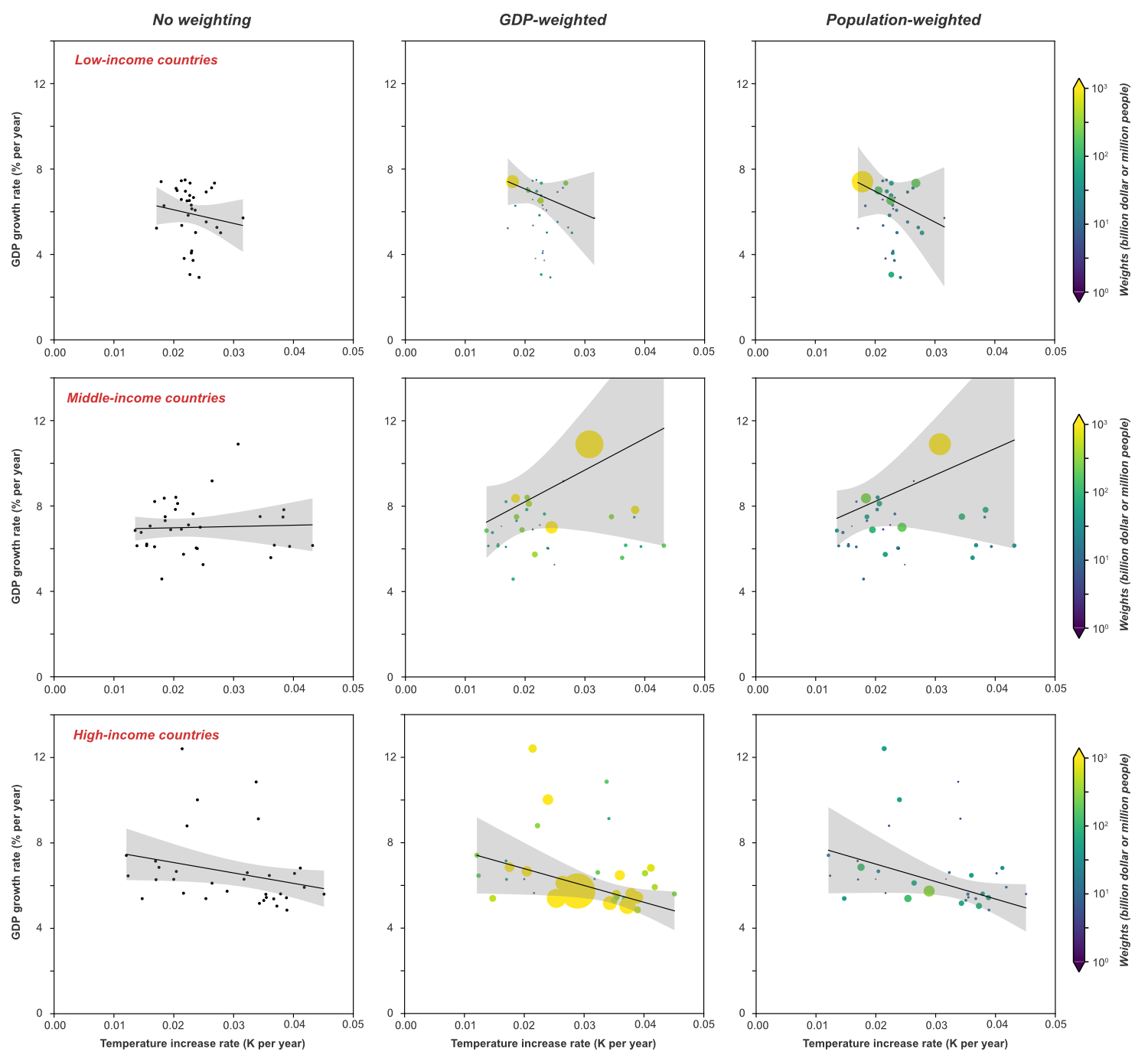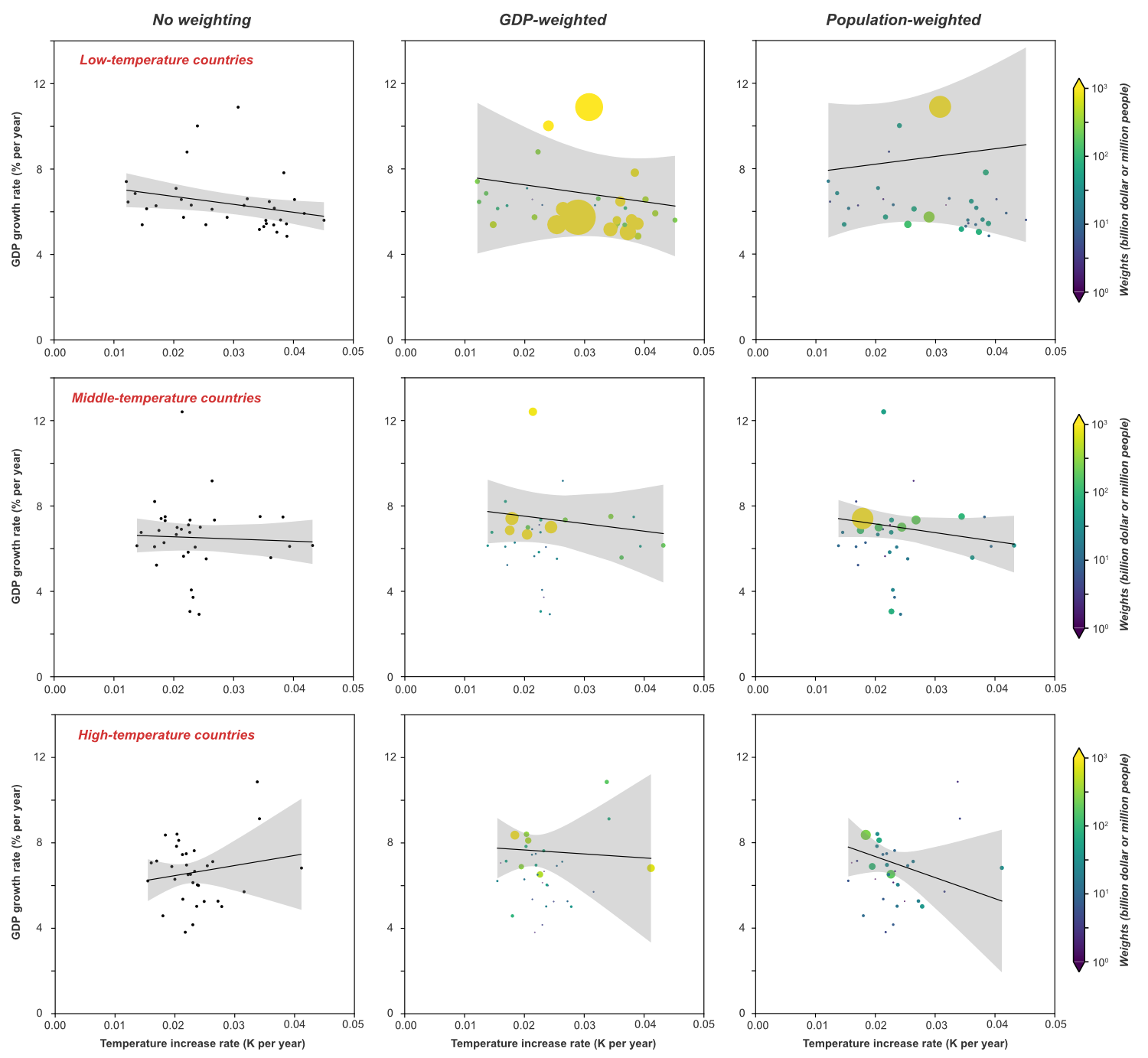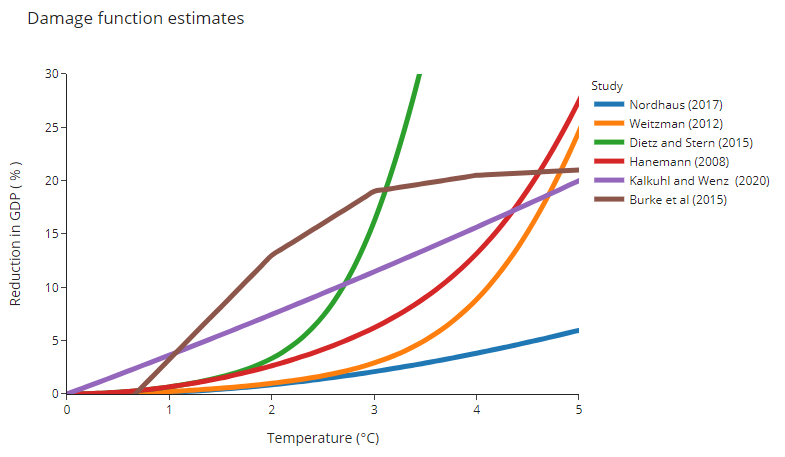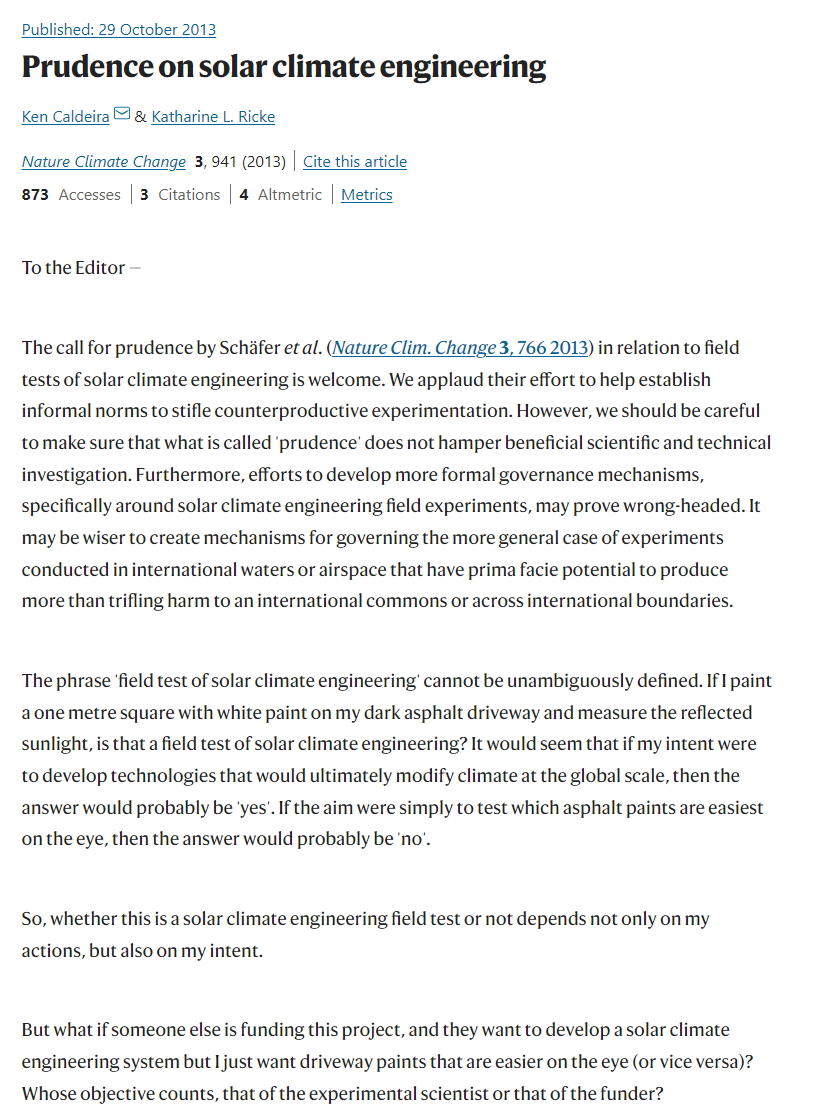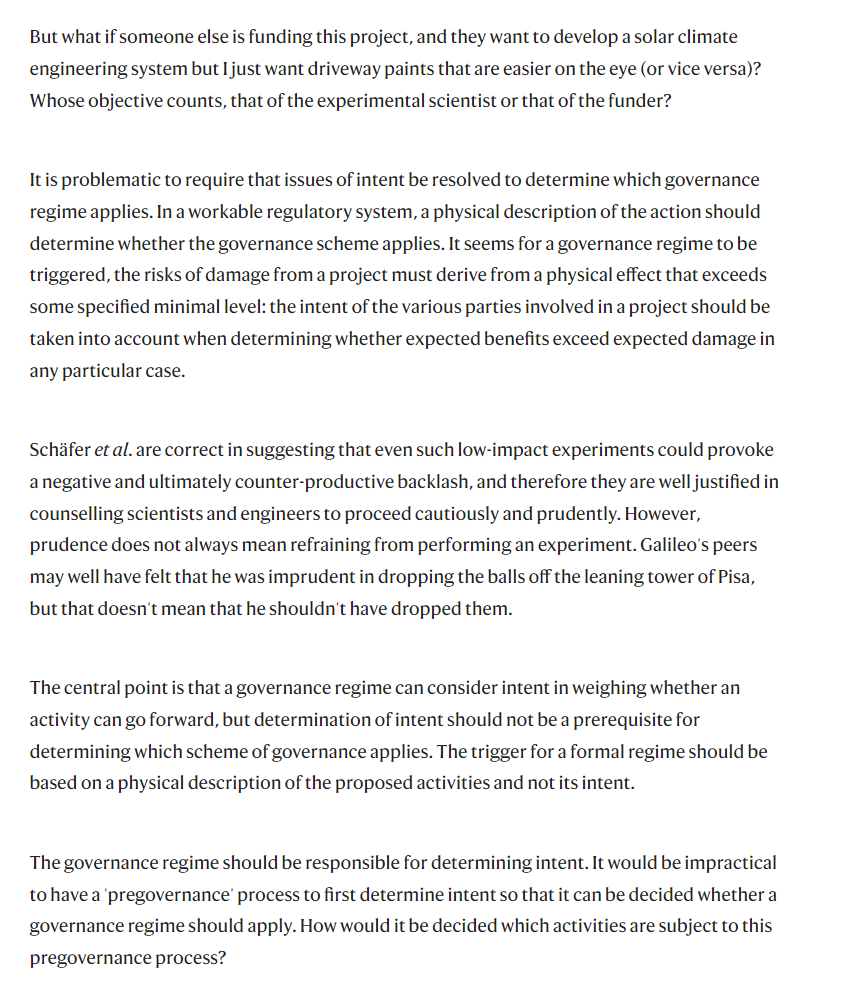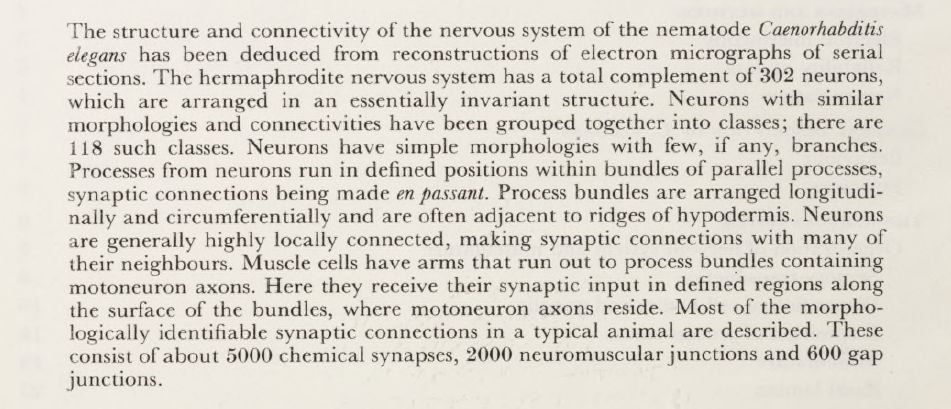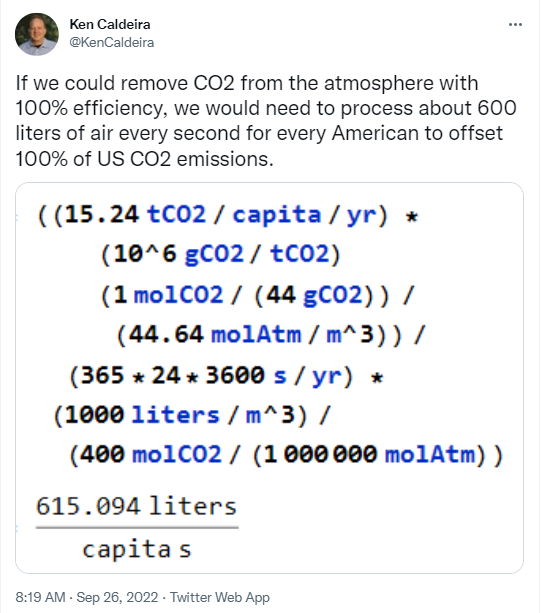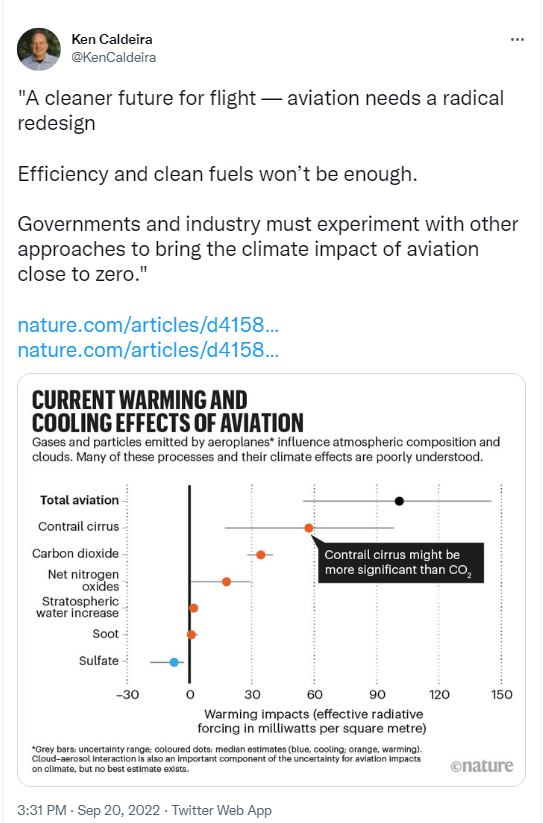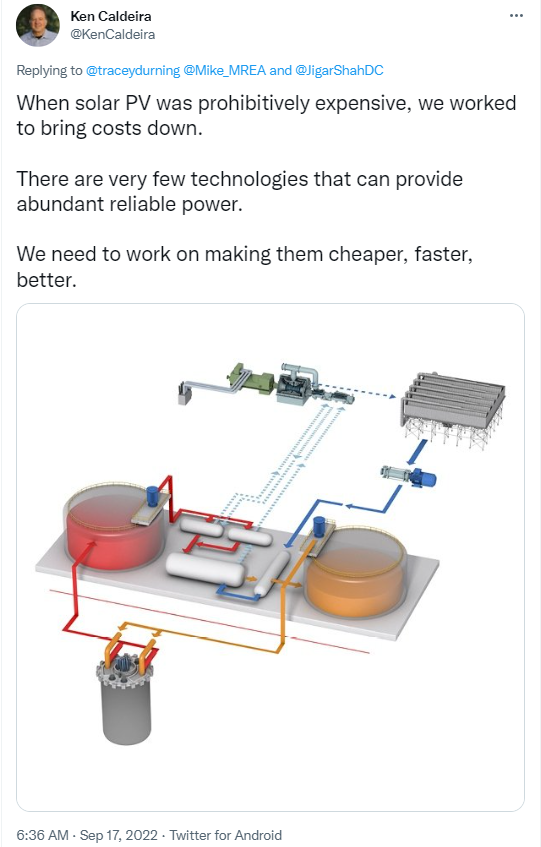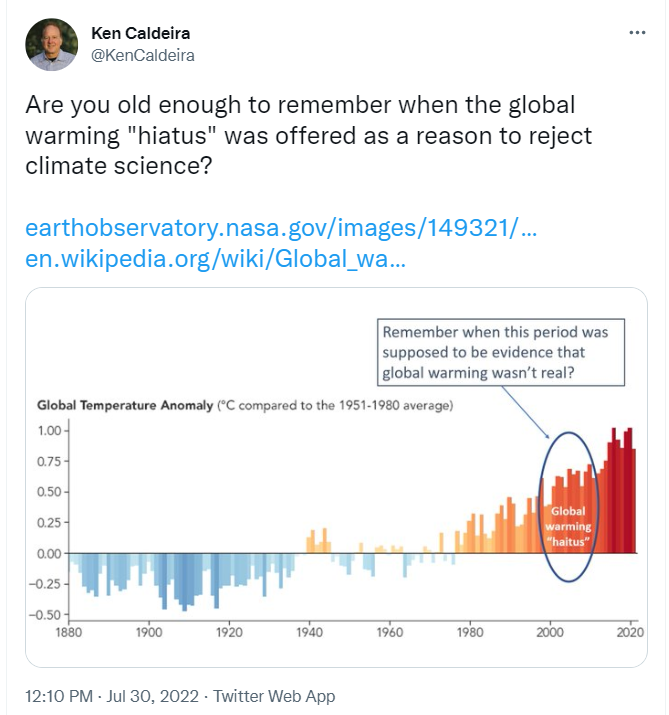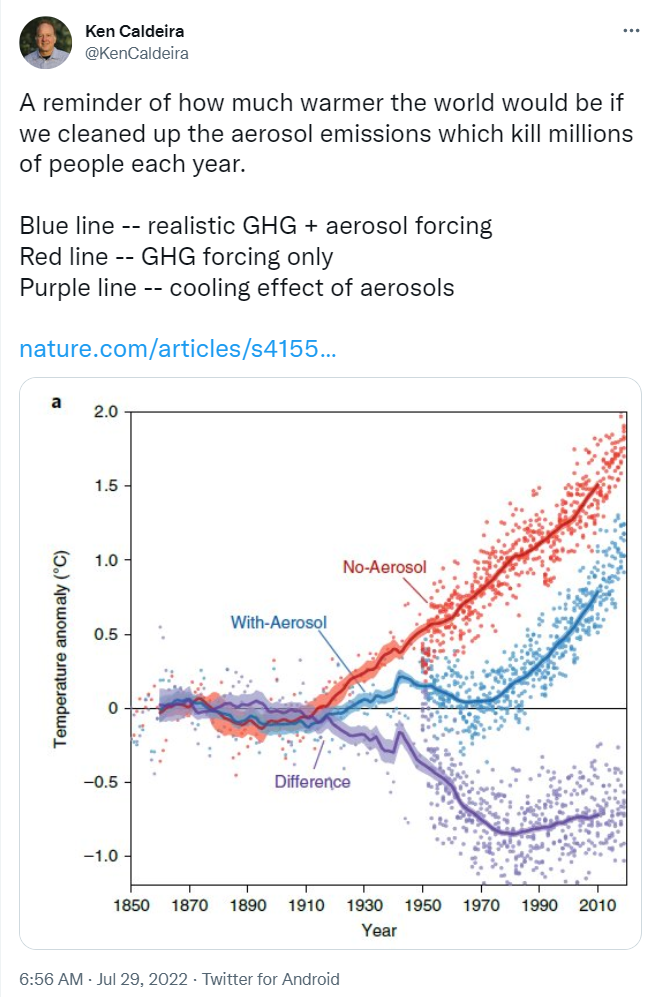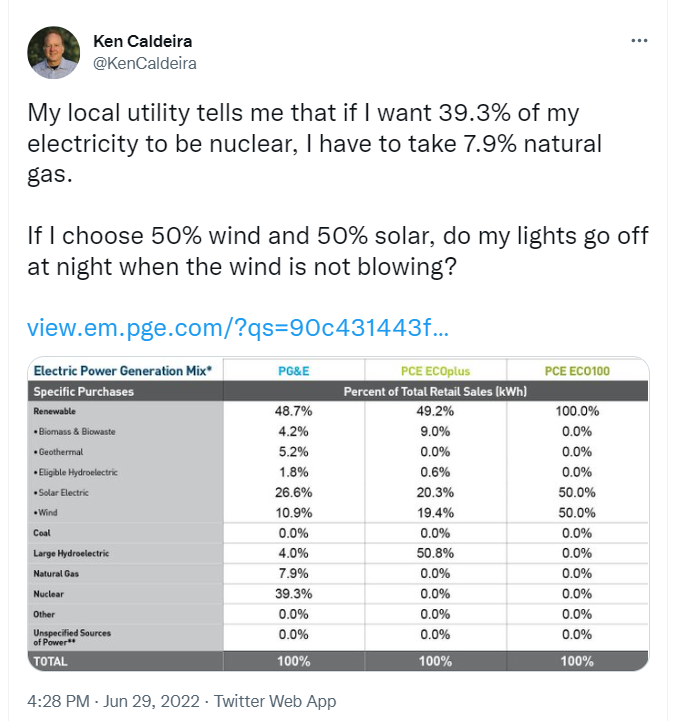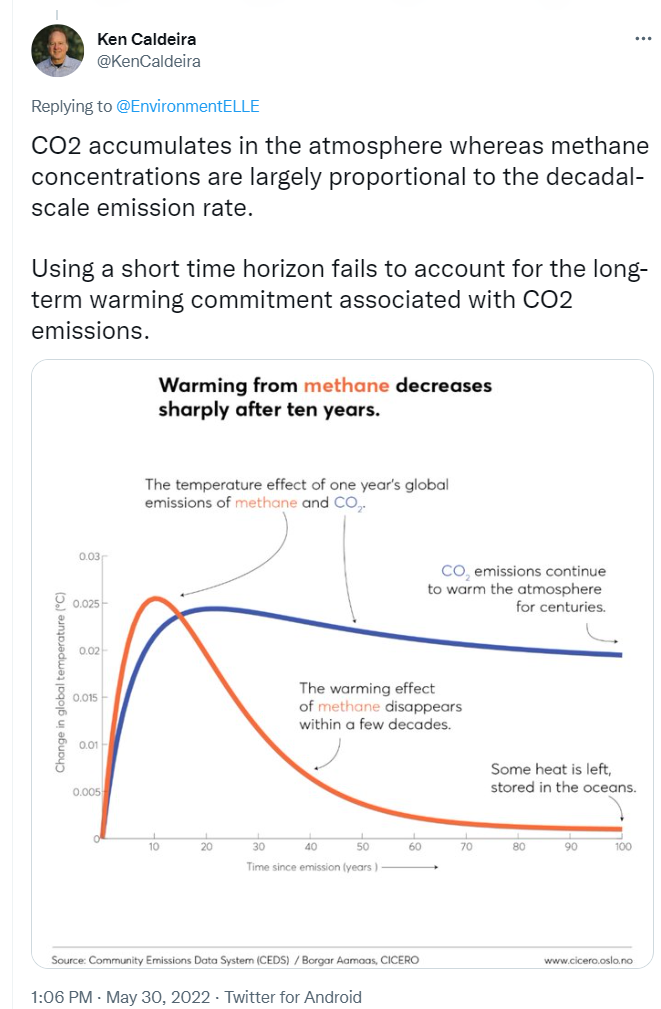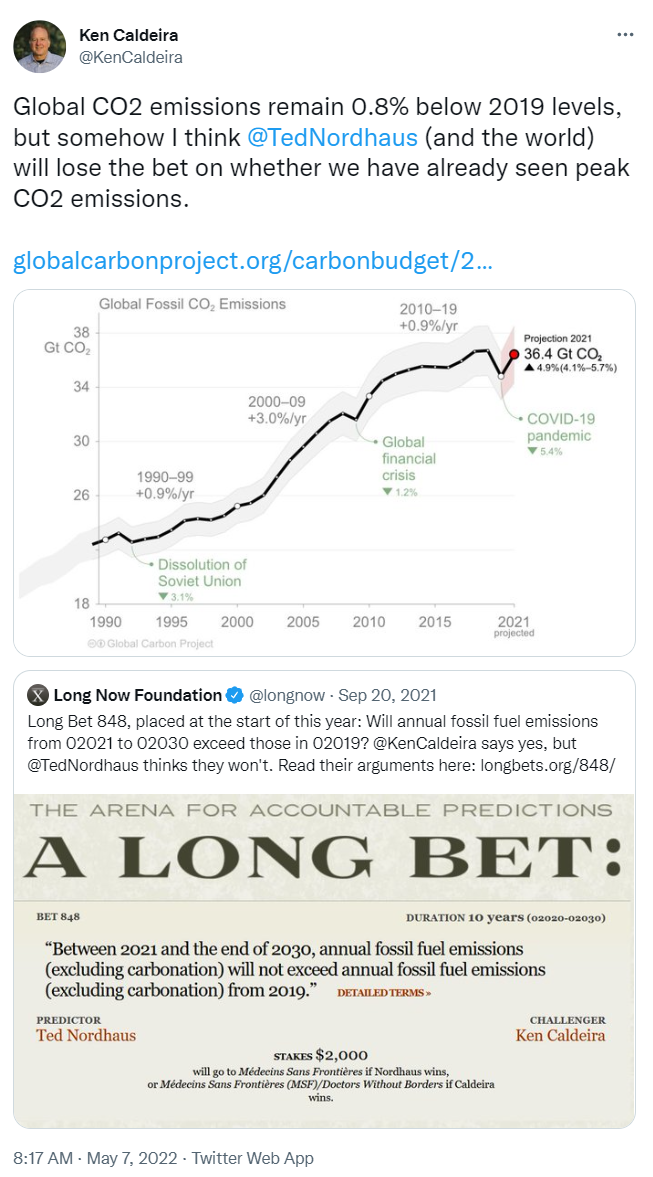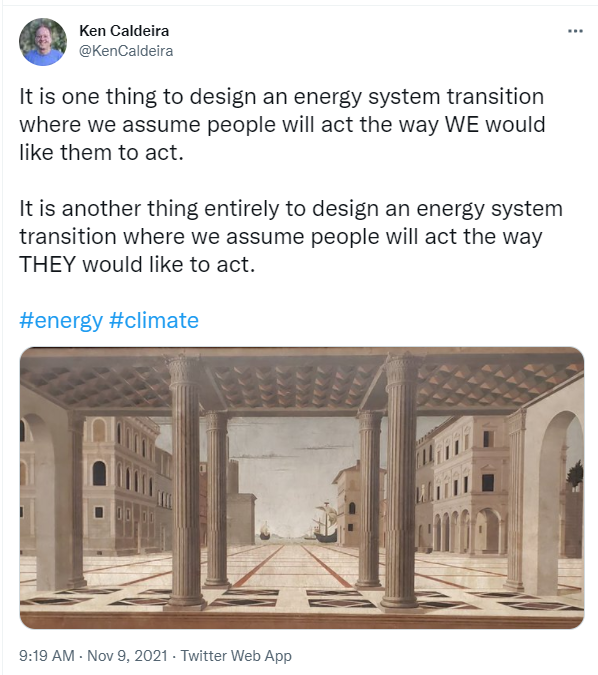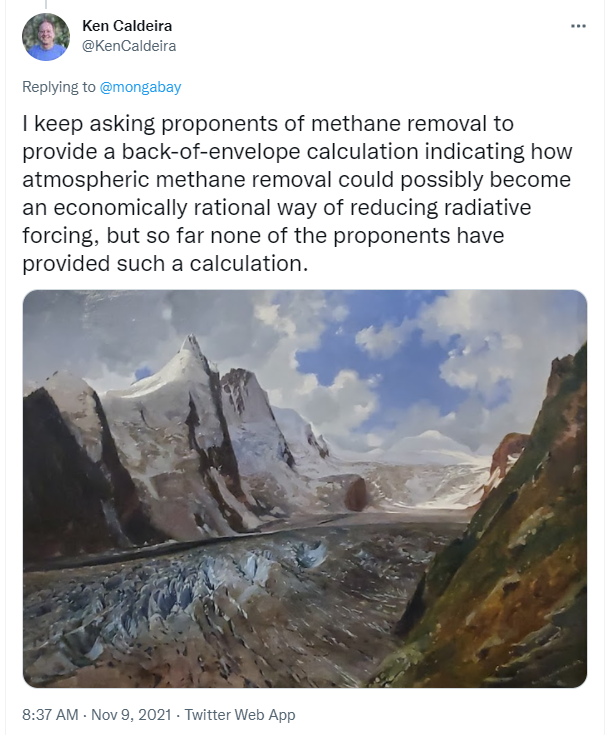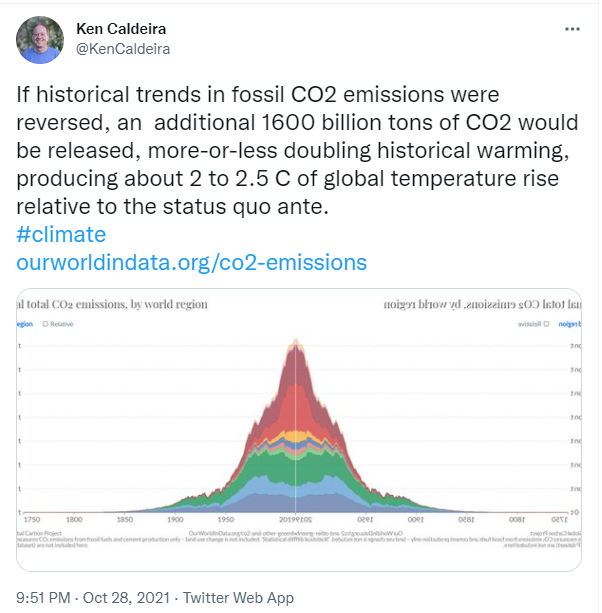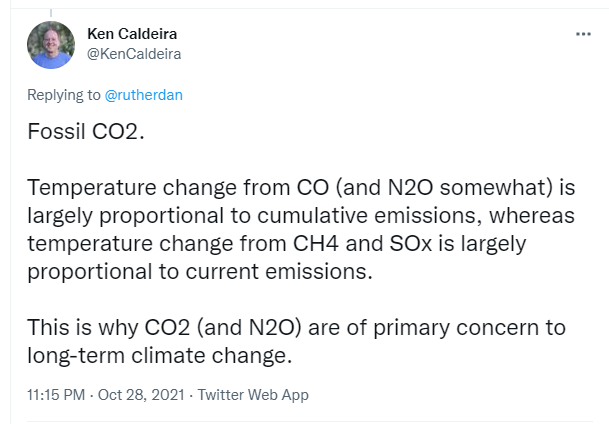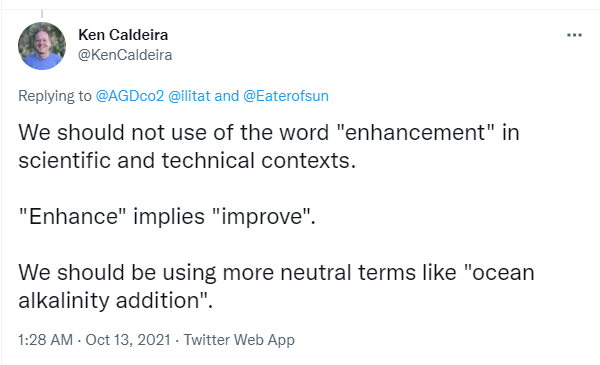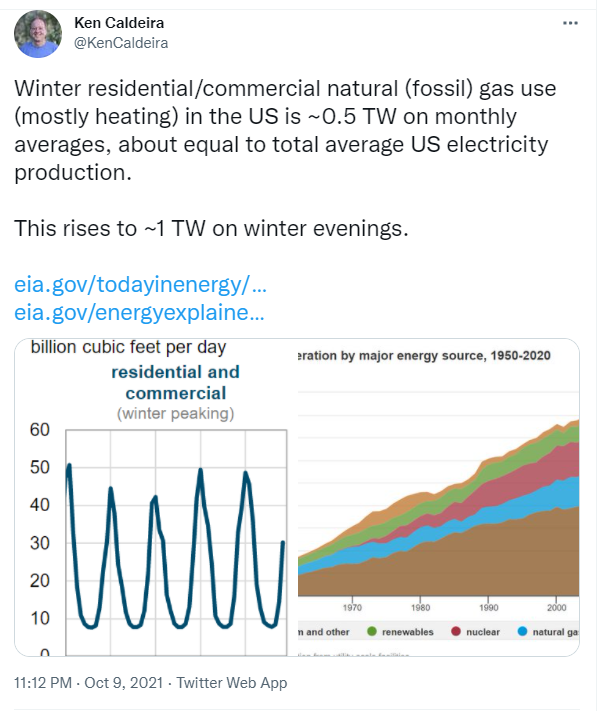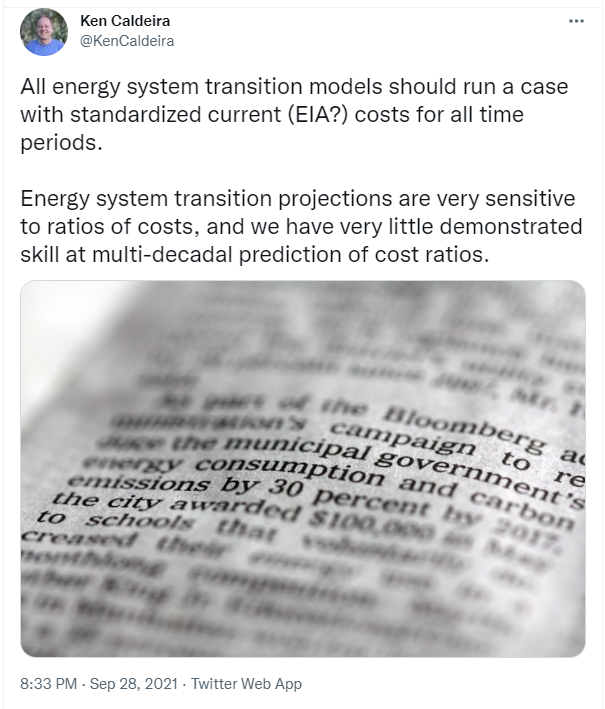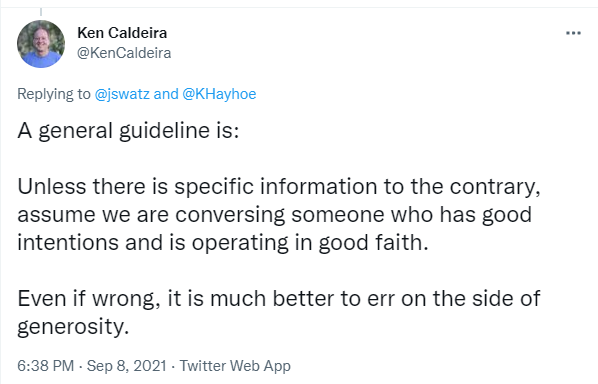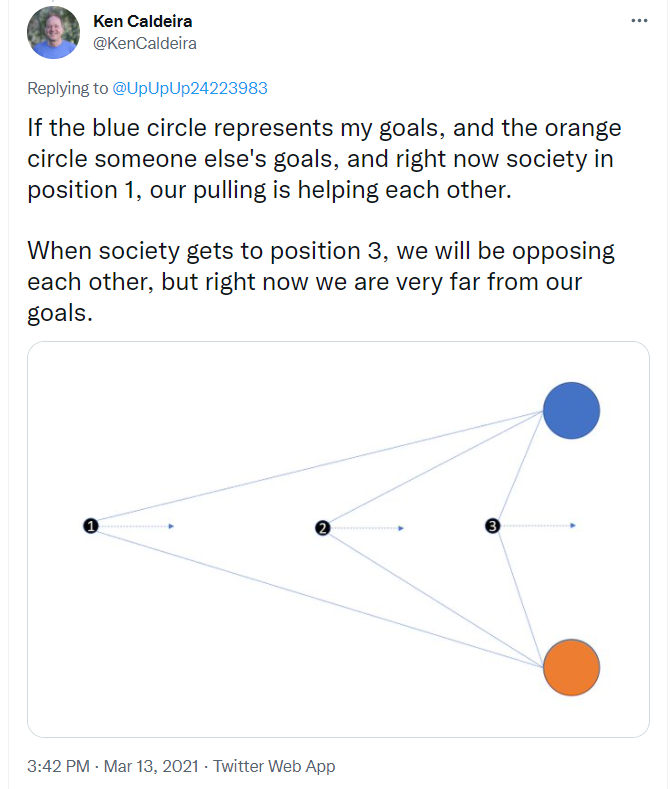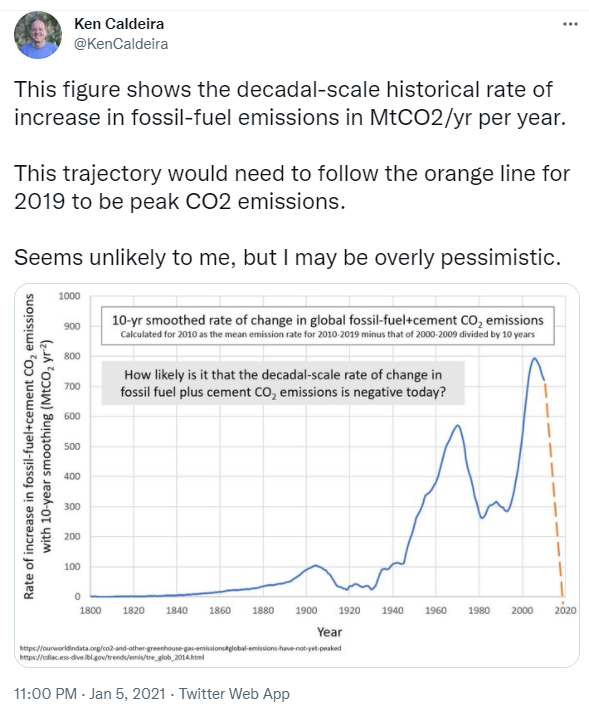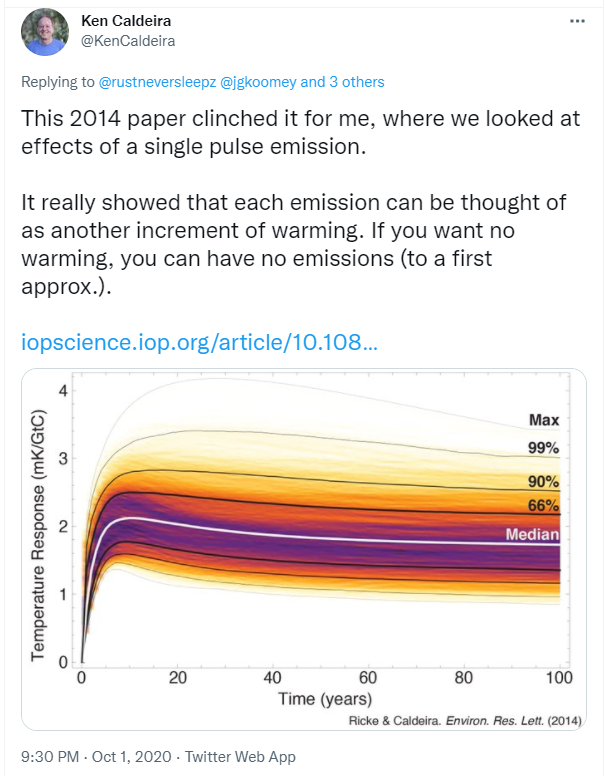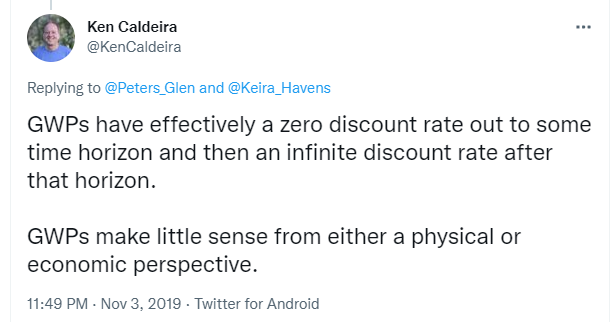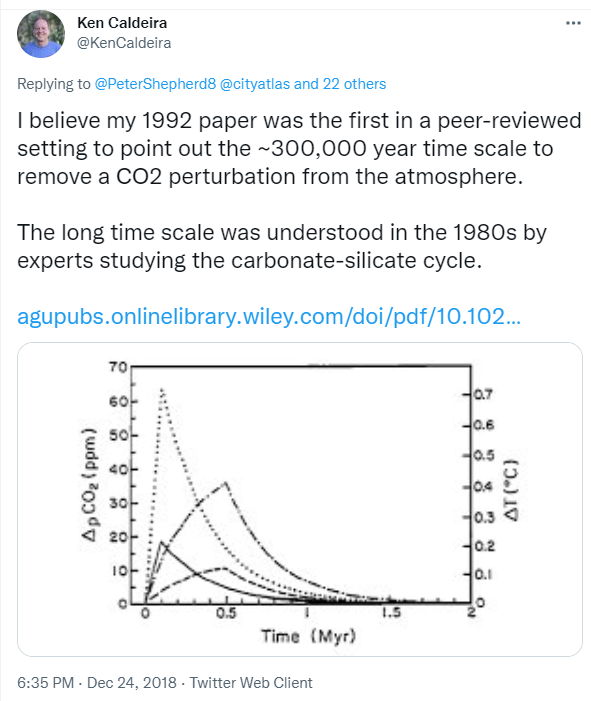Duplicated from US State Department web site on 3 March 2025. Links to organizations under the DONATE heading have been updated.

Ukraine – Fact Sheet: How You Can Help
Last Updated: March 14, 2022
UNITED WITH UKRAINE
How You Can Help
We understand many people want to help Ukraine and those suffering from ongoing Russian aggression. We strongly advise against U.S. citizens traveling to Ukraine. Please see the below resources on ways you can safely contribute.
STAY INFORMED
To learn more about the crisis and how you can support the humanitarian needs of those impacted by the conflict, visit:
- The Department of State United with Ukraine website.
- The U.S. Agency for International Development (USAID) Ukraine crisis website.
- United Nations High Commissioner for Refugees (UNHCR) website.
- United Nations Children’s Fund (UNICEF) appeal to help all children in Ukraine.
DONATE
The Department has partnered with GoFundMe.org, an independent charity, to help address the humanitarian needs of the people affected by the Russian aggression against Ukraine. [NOTE: I would not trust this GoFundMe link, as it will be distributed by the current US State Department.] In addition, a variety of relief organizations are responding to the situation in Ukraine. Sending cash donations to experienced humanitarian relief organizations working on the ground is generally the most effective way to help and save the most lives. Below are organizations responding to the crisis.
Food and Agriculture Organization of the UN
International Organization for Migration
World Health Organization (WHO)
TRAUMA RESOURCES
The Child Mind Institute has prepared free trauma resources in Russian, Ukrainian, and English to assist parents, educators, and other adults in talking to children about traumatic events and identifying those who may benefit from professional attention.
CHILD PROTECTION PRINCIPLES IN TIMES OF EMERGENCY
We frequently receive inquiries from U.S. citizens concerned about refugee or conflict-affected children. We share these concerns for children, and we understand that some U.S. citizens want to respond by offering to adopt or host these children in need.
It can be extremely difficult during crises to determine whether children who appear to be orphans are truly eligible for adoption and immigration under U.S. laws. Children may be temporarily separated from their family, and their parents or other caregivers may be looking for them. Families may make the difficult choice to send children on their own in search of safety. Even when it can be demonstrated that a child’s parents are deceased, children are often cared for by other relatives and caregivers. During crises, many children who are not orphans temporarily live in orphanages for safety. Leaving orphanages may pose additional risks, including exploitation and abuse.
During crises, it can be exceptionally difficult to fulfill the legal and documentation requirements for intercountry adoption of both the United States and the child’s country of origin. We recommend taking extra caution when considering adopting a child during a crisis and hiring an experienced immigration attorney may also be helpful.
ADDITIONAL RESOURCES ON INTERNATIONAL STANDARDS FOR CHILDREN IN CRISES
- Statement on Ukraine by Department of State’s Special Advisor for Children’s Issues
- Statement on Ukraine by the Permanent Bureau of the Hague Conference on Private International Law.
- UNICEF and the UN High Commissioner on Refugees joint statement on supporting children in crises.
- International Social Service fact sheet with guidance on the application of international standards for children in crises.
- Resources and guidance on Ukraine by non-profit Creating A Family.
- National Council for Adoption’s statement on refugee children.
OTHER GLOBAL GUIDANCE DOCUMENTS ON BEST PRACTICES FOR UNACCOMPANIED AND SEPARATED CHILDREN
- Field Handbook on Unaccompanied and Separated Children
- Toolkit on Unaccompanied and Separated Children
- Minimum Standards for Child Protection in Humanitarian Action
- Critical Considerations for Movement of Children During a Humanitarian Crisis
EVACUATION OF UKRAINIAN CHILDREN
Ukrainian authorities have jurisdiction over decisions regarding the safety and welfare of children in Ukraine, including whether to grant permission for children to exit the country. Ukrainian authorities have informed us they are moving children into Poland for safety and medical treatment. Child welfare and protection agencies that specialize in humanitarian crisis assistance, refugee issues, and family tracing are on the ground to assist and care for children who exit Ukraine.
INTERCOUNTRY ADOPTION REGULATIONS
For more information specifically about adoption issues in the Ukraine crisis, please visit: Information for U.S. Citizens in the Process of Adopting Children from Ukraine.
Families who are currently in the process of adopting a child from Ukraine should direct questions and concerns to their accredited or approved Adoption Service Provider.
HOSTING PROGRAMS
Some non-governmental organizations coordinate temporary hosting programs that have included exchanges with Ukrainian children in the past. However, Ukrainian authorities have confirmed they are not approving children for participation in hosting programs at this time. The Department is therefore unable to seek approval for a child’s participation in a hosting program at this time. Please see Ukraine Adoption Update for additional information.
Although often referred to as “orphan hosting” programs, those interested in hosting should be aware that many of the children who participate in these programs are not eligible for adoption. Children who travel to the United States for hosting programs do so with the Ukrainian government’s authorization and on a U.S. non-immigrant visa. The visa is typically valid only for one entry to the United States during the narrow date range of the program. A new visa is required before travelling to the United States again.
HOSTING PROGRAMS (continued)
Previously-hosted children may apply for a nonimmigrant visa at a U.S. Embassy or Consulate outside Ukraine. However, there is no “emergency hosting” visa category, and applicants must have permission from the appropriate guardian to travel and must meet the legal criteria for an existing category of non-immigrant visa, generally a B-2 visitor visa. Applications for nonimmigrant visas are evaluated under Section 214(b) of the Immigration and Nationality Act (INA) and require an applicant to demonstrate sufficient ties to a county other than the United States that would compel departure after a temporary stay. Nonimmigrant visa applicants are “…presumed to be an immigrant until (s)he establishes to the satisfaction of the consular officer…that (s)he is entitled to nonimmigrant status…”. The presumption of immigration intent in Section 214(b) of the Immigration and Nationality Act can be difficult to overcome. Consular officers cannot issue visas based on assurances or recommendations by third parties or on the ability of a sponsor to provide financial support. Please see Visas for Ukrainian Nationals for additional information.

